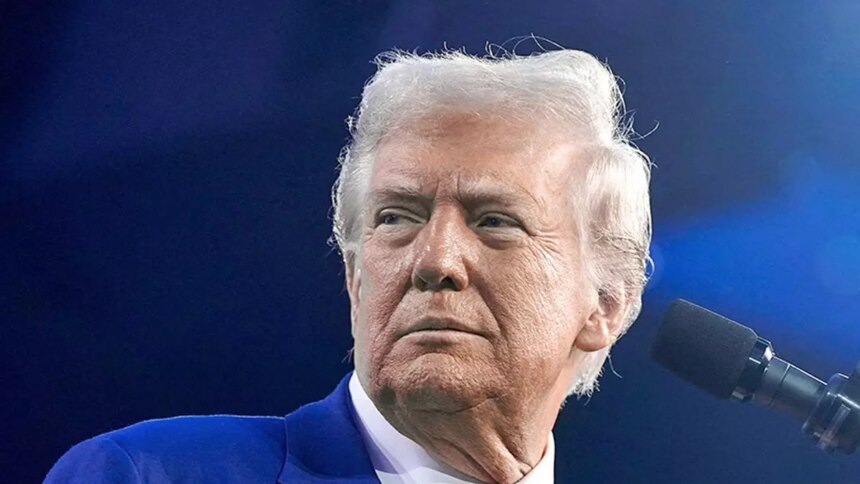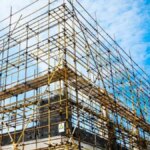Industry analysts are expressing hope that the processes related to H-1B visas and the quotas for these visas will become more favorable for Indian IT firms. This optimism follows a positive endorsement from US President-elect Donald Trump regarding the H-1B program, characterized by tech entrepreneur Elon Musk as a valuable initiative for attracting skilled individuals.
The High-Tech sector in the United States, which is advancing fields like artificial intelligence, autonomous vehicles, smart cities, and the Internet of Things (IoT), relies heavily on the expertise of highly educated engineers and scientists. Vikas Gupta, CEO of Omniscience Capital, emphasized that the U.S. Defense and Security sectors recognize the necessity of employing top talent to maintain their global leadership in emerging technologies. He pointed out that H-1B visas serve as a crucial mechanism for bringing qualified legal immigrants to the U.S., which is beneficial for both the job market and the education sector. Many international students invest significantly in their education with the hope of obtaining H-1B visas to work in high-tech roles within the U.S.
Gupta also highlighted the potential for reforms in green card regulations that prioritize highly qualified immigrants and suggested that modifications could support students graduating from STEM programs, especially those with advanced degrees like master’s and PhDs. Currently, there are over 300,000 Indian students in the U.S., generating more than $10 billion annually, with Indian nationals being the largest group of international students.
Echoing Gupta’s sentiments, Aditya Narayan Mishra, Managing Director and CEO of CIEL HR, noted that the recent supportive developments concerning H-1B visas could lead to more promising prospects for Indian tech professionals eyeing opportunities in the U.S. Given that Indians form the majority of H-1B visa holders, particularly in IT and technology roles, positive policy changes could serve as a stronger connection between Indian talent and American innovation.
Mishra pointed out that such developments could enhance career growth, expose professionals to global practices, and provide access to cutting-edge technologies. This would likely result in improved visa processing, increased job security, and foster long-term career planning. It could also incentivize U.S. companies to invest more in the training and development of their Indian workforce. Despite the encouraging policy statements, he stated that close monitoring of actual implementation is essential, as the program has historically played a vital role in connecting U.S. employers with specialized skills and Indian professionals eager to contribute to the tech ecosystem.
Data from the American Immigration Council indicates that during Trump’s previous tenure, the U.S. Citizenship and Immigration Services (USCIS) denied a larger proportion of H-1B petitions than in the four years prior. However, many of these denial rates were subsequently overturned, leading to a significant reduction in denials by the latter half of FY2020.
Figures from USCIS reveal that the rate of denial for initial H-1B employment petitions increased from 6% in FY2015 to 24% in FY2018, before decreasing again to 21% in FY2019, 13% in FY2020, and just 4% in FY2021. Conversely, the denial rate for petitions related to continuing employment remained stable at 2% for FY2022 and FY2021, down from 7% in FY2020 and 12% in both FY2018 and FY2019.
Mishra observed that approval rates for H-1B visas can vary dramatically depending on the current policy environment. However, the current supportive attitude could foster a more conducive atmosphere for Indian students aspiring to work in the U.S., especially when compared to the more stringent policies of the previous administration.
He advised students to concentrate on building expertise in high-demand sectors such as technology, engineering, and education, as these fields consistently seek specialized talent, regardless of policy shifts. While the outlook seems encouraging, individual success will ultimately rely on merit and the evolving demands of these specialized industries.










